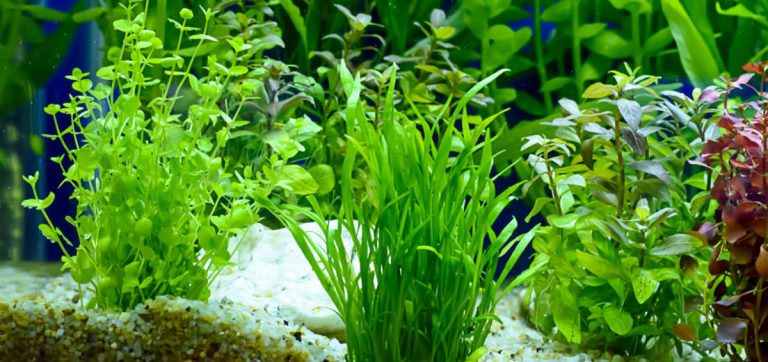Types of Aquatic Plants
Aquatic plants can be broadly categorized into four types: submerged, floating, emergent, and marginal.
Submerged Plants: These plants grow entirely underwater. Examples include the waterweed (Elodea), hornwort (Ceratophyllum), and the delicate, feathery leaves of the coontail (Ceratophyllum demersum). Submerged plants play a crucial role in oxygenating water and providing habitat for aquatic life.
Floating Plants: Floating plants have leaves that rest on the water surface while their roots dangle below. Water lilies (Nymphaeaceae) and duckweed (Lemna) are classic examples. These plants provide shade, reducing algae growth, and serve as shelter for fish and other aquatic organisms.
Emergent Plants: Emergent plants are rooted in the water but have stems, leaves, and flowers that rise above the surface. Common examples are cattails (Typha), bulrushes (Schoenoplectus), and lotus (Nelumbo). They are vital for preventing erosion and offering habitat for wildlife.
Marginal Plants: These plants grow at the edges of water bodies, plants that grow in water where the soil is often saturated. Examples include the yellow flag iris (Iris pseudacorus) and pickerelweed (Pontederia cordata). Marginal plants are essential for maintaining water quality and providing a transition zone between aquatic and terrestrial ecosystems.
Adaptations of Aquatic Plants
Aquatic plants exhibit numerous adaptations that enable them to thrive in their watery habitats. One of the primary adaptations is the development of aerenchyma, a spongy tissue that allows the exchange of gases between the aerial parts of the plant and the submerged roots. This adaptation is crucial for respiration in an oxygen-poor underwater environment.
Another adaptation is the modification of leaves. Submerged plants often have thin, flexible leaves that reduce resistance to water currents, while floating plants typically have broader leaves to capture sunlight more efficiently. For instance, the broad, flat leaves of the water lily allow it to float and absorb maximum sunlight for photosynthesis.
Ecological Importance
Aquatic plants play a vital role in maintaining the health of aquatic ecosystems. They act as primary producers, converting sunlight into energy through photosynthesis and forming the base of the food web. This energy supports a wide range of aquatic life, from microscopic zooplankton to large fish and amphibians.
Moreover, aquatic plants are crucial for water purification. They absorb nutrients and contaminants from the water, reducing the likelihood of algal blooms that can deplete oxygen levels and harm aquatic life. Their roots stabilize sediments, preventing erosion and improving water clarity.
Cultivation and Care
Cultivating aquatic plants can be a rewarding endeavor for gardeners and aquarium enthusiasts alike. When growing these plants, it's essential to consider the specific requirements of each species, including light, temperature, and water quality. For example, water lilies thrive in sunny locations with still water, while submerged plants like hornwort prefer cooler, flowing water.
Proper maintenance includes regular pruning to prevent overgrowth and periodic checks for pests and diseases. In aquarium settings, providing adequate light and nutrients is crucial for healthy plant growth. Utilizing substrates designed for aquatic plants can enhance their development and overall appearance.






Comments